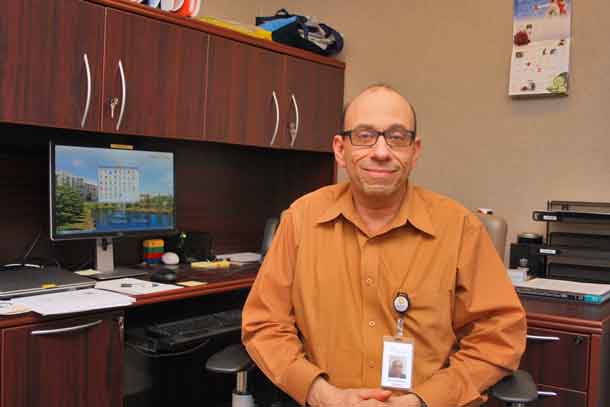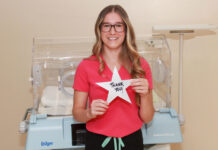

by Graham Strong
THUNDER BAY – HEALTH – Travelling clinics. Telemedicine. Connected hospital systems. These are just a few of the ways health care providers are bringing health care closer to home for patients today. But is there room for research to help improve “remote health care” even more?
Most definitely, said Dr. Abraham (Rami) Rudnick who joined the Thunder Bay Regional Health Sciences Centre and the Thunder Bay Regional Health Research Institute in January 2017 as the new Vice President of Research and Chief Scientist.
“There’s a lot of interesting, important work happening here. We have an opportunity to make it more systematic and easier to exchange knowledge,” Rami said.
In many ways, Northwestern Ontario is the perfect size for research into remote health care. It’s large enough to support a research centre, yet small enough to encourage collaborations between scientists and clinicians as well as service users. Much of the ongoing research at the Health Research Institute is already focused on customized, patient-centred solutions to regional challenges.
“We have a fairly large hospital that supports the Institute in many ways. There are already collaborations between scientists and clinical investigators. I’d like to continue to build on that.”
Rami said that there are more opportunities to work with external partners. “Indigenous communities, other academic centres, community hospitals, other community services, Lakehead University, Confederation College – these collaborations will help us expand our research capacity in Northwestern Ontario.”
Northwestern Ontario has always been a challenging region in terms of health care delivery. The distance barrier (Northwestern Ontario is about the size of France), socio-economic disadvantages of Indigenous populations, a higher incidence of health conditions such as diabetes and complications such as amputations, as well as other factors can make access to health care difficult for the region’s 250,000 residents.
To address those challenges, Rami plans to take patient-centred research to the next level. Technology and new evidence-based approaches to care can help, but the challenge is to determine out how to implement them sustainably. The answers found would likely have applications all over the world.
“We have a framework of how to put together bio-psycho-social health care,” Dr. Rudnick said. In fact, he helped develop that framework with Dr. Cheryl Forchuk while working at Western University. The framework focuses on investigating approaches that take into account all aspects of health care including effectiveness, cost, and practicality in a large region such as Northwestern Ontario, and as well as its ethical and policy implications.
Rami said that Indigenous populations in Northwestern Ontario require a special focus due to higher rates of diabetes, cancer, renal failure, addiction, mental health challenges including suicide, and other health care issues.
“Clearly there is a health need, but it’s not just about the clinical aspects of care. It’s also about social determinants of health. There is a lot of opportunity to help here,” he said. He added that compounding the problem is the fact that health outcomes are not as good in rural areas as they are in urban centres for a variety of reasons. That issue exists around the world. “Considering we know many of the problems, it’s time to address them in a cutting-edge way.”
The first step is to engage everyone from patients and communities to the scientists and clinical researchers to find out their priorities, then make a plan.
“We’re doing a survey of clinical investigators and others to find out how we can help and support their health needs. We’re also proceeding with some town hall meetings, and I’m meeting with various Indigenous leaders,” he said.
For more on Rami’s background, please see:






